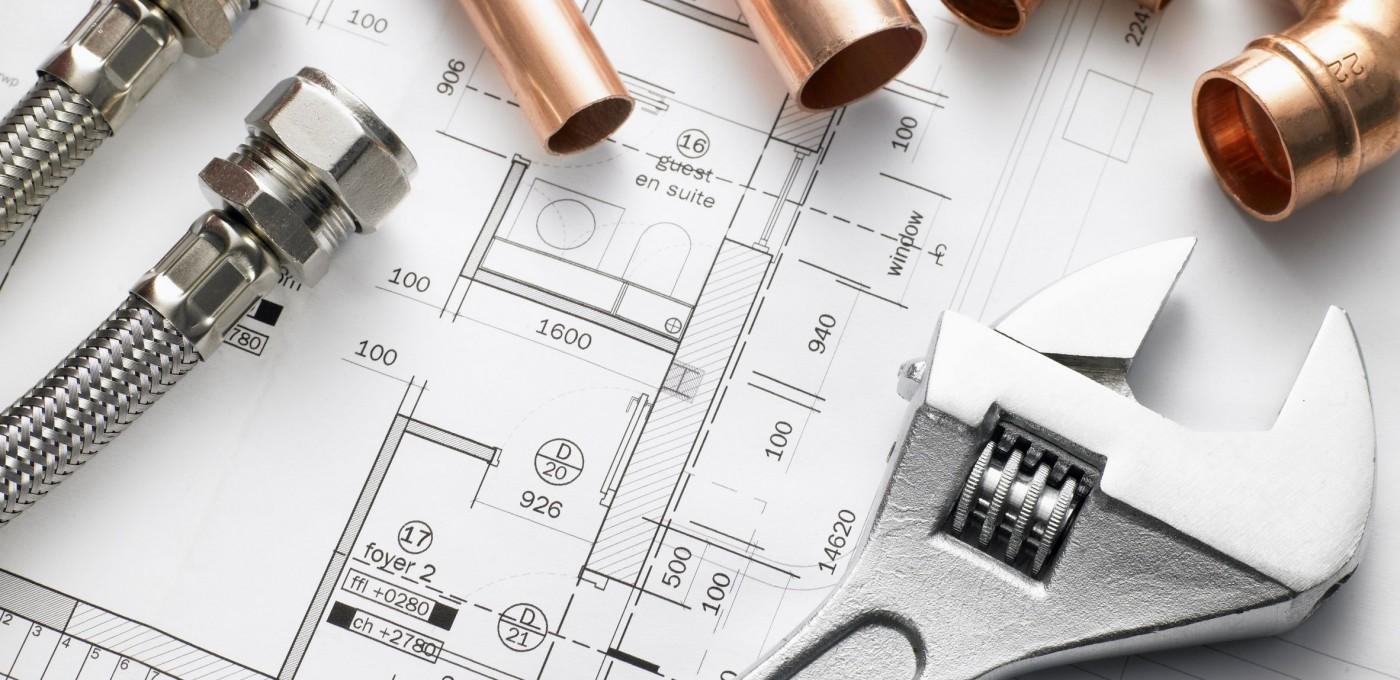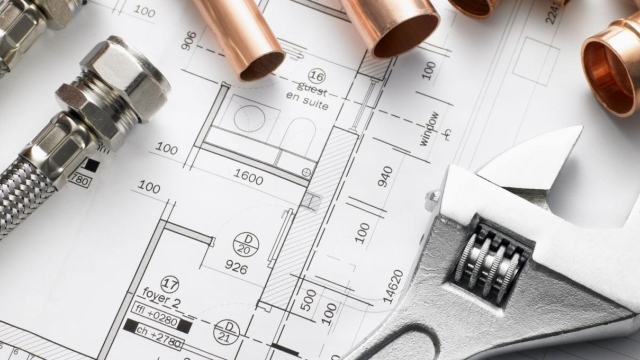Want to delve into the fascinating world of plumbing? Welcome aboard as we embark on a journey that will unravel the mysteries behind the flow of water and the intricate systems that make it all possible. From the humble beginnings of plumbing to its modern-day advancements, this article will take you through the transformative history and functionality of this essential trade. Whether you’re a homeowner looking to understand your pipes or simply curious about the inner workings of plumbing systems, join us as we dive deep into the exciting realm of plumbing.
Plumbing Systems explained
Plumbing plays a crucial role in our everyday lives, ensuring the smooth and efficient flow of water and other essential substances within our buildings. It involves a network of interconnected pipes, valves, fixtures, and fittings that work together to deliver water for various purposes and remove waste from our homes, offices, and other structures.
At its core, a plumbing system consists of two main categories: the water supply system and the drainage system. The water supply system brings clean, potable water into our buildings, allowing us to access it for drinking, cooking, cleaning, and other necessary tasks. This system typically includes a network of pipes that connect to the main water source, such as a municipal water supply or a well. Valves, faucets, and fixtures are also integral components that allow us to control the flow of water and use it as needed.
On the other hand, the drainage system is responsible for removing wastewater and preventing it from accumulating in our living or working spaces. This system involves a network of pipes that carry the used water, along with any other waste materials, away from the building and into sewer lines or a septic tank. Drainage systems often incorporate features like traps, vents, and cleanouts to ensure proper functioning and prevent unpleasant odors or sewage backups.
It’s worth noting that plumbing systems are not limited to just water supply and drainage. Depending on the building’s purpose and requirements, additional systems may be included, such as plumbing for gas supply, fire suppression, or even specialized systems for industrial processes. Each system has its own set of components and considerations, but they all serve a common purpose: to provide a well-functioning and safe flow of resources within our built environments.
Understanding the basics of plumbing systems is not only helpful for homeowners or building occupants but also essential for plumbers and professionals who work in the field. By knowing how these systems function and being familiar with the various components involved, plumbing experts can effectively diagnose issues, perform repairs or installations, and ensure the proper functioning of the plumbing infrastructure.
This concludes the first section of our exploration into the world of plumbing. In the next sections, we’ll delve deeper into the key components of plumbing systems and explore the importance of regular maintenance and quality plumbing practices. Stay tuned for more insights and join us on this journey to unleash the flow!
Common Plumbing Issues and Solutions
Plumbing problems can be a headache for homeowners, but understanding common issues and their solutions can help alleviate these concerns. In this section, we will explore some of the most frequently encountered plumbing problems and offer practical solutions for resolving them.
Leaking Faucets: One of the most common plumbing issues homeowners face is a leaking faucet. Not only can it waste water and increase your utility bills, but the incessant dripping sound can also be quite irritating. Fortunately, fixing a leaking faucet is often a simple task. Start by turning off the water supply to the faucet, typically found under the sink. Then, dismantle the faucet using a wrench and replace any worn-out washers or O-rings. Finally, reassemble the faucet and turn on the water supply to check for any more leaks.
Clogged Drains: Clogged drains are another prevalent plumbing problem encountered in households. Whether it’s a kitchen sink, bathroom drain, or shower, a clog can disrupt your daily routine and cause inconvenience. To address this issue, you can try using a plunger to dislodge the blockage. Plunge vigorously several times to create suction that will help remove any debris causing the clog. Additionally, for more stubborn clogs, you might consider utilizing a drain snake or an over-the-counter drain cleaner for a more effective solution.
Running Toilets: A running toilet is not only irritating but can also waste a substantial amount of water over time. The most common cause of a running toilet is a faulty flapper valve located inside the toilet tank. Start by removing the tank lid and inspect the flapper valve for any signs of wear or misalignment. If necessary, replace the flapper valve with a new one. In some cases, adjusting the chain connected to the flapper valve can also rectify the problem. Remember to check the water level in the tank as well, as an imbalanced float can cause continuous running.

By understanding these common plumbing issues and their solutions, you can become better equipped to handle them when they arise. However, if you are unsure about any plumbing repairs or the problems persist, it is always advisable to consult a professional plumber for assistance.
The Future of Plumbing Technology
The plumbing industry is evolving at a rapid pace, with advancements in technology shaping its future. These innovations have the potential to revolutionize the way we approach plumbing systems, making them more efficient, sustainable, and convenient. Let’s take a look at some exciting developments on the horizon.
Smart Plumbing Systems: The integration of smart technology into plumbing systems is changing the game. Imagine a future where your plumbing system can automatically detect leaks, regulate water usage, and alert you to potential issues. With smart devices, such as sensors and water monitors, connected to a central control system, homeowners and professionals can have greater control and insight over their plumbing network. This not only enhances efficiency but also helps conserve water resources, saving both money and the environment.
3D Printing for Plumbing Parts: 3D printing technology has already made an impact across various industries, and plumbing is no exception. In the future, we can expect a significant shift towards 3D printing of plumbing parts. This advancement will enable quicker, more affordable, and customized production of intricate plumbing components. From faucets to pipes, 3D printing has the potential to revolutionize the supply chain, making repairs and replacements faster, more accessible, and sustainable.
Spartan Tool HoustonWater-saving Innovations: Water scarcity is a global concern, driving the need for water-saving plumbing solutions. Future plumbing technology will focus on optimizing water usage without compromising functionality. From low-flow fixtures and smart irrigation systems to greywater recycling, innovative techniques will help us make the most of our water resources. By embracing these technologies, we can all contribute to a more sustainable future and ensure that our plumbing systems align with our environmental goals.
As we look ahead to the future, plumbing technology holds immense potential to improve our lives and contribute to a more sustainable world. With smart systems, 3D printing, and water-saving innovations, we can expect plumbing to become more efficient, cost-effective, and environmentally friendly. Embracing these advancements will not only bring convenience to our daily lives but also play a vital role in conserving precious resources for generations to come.




